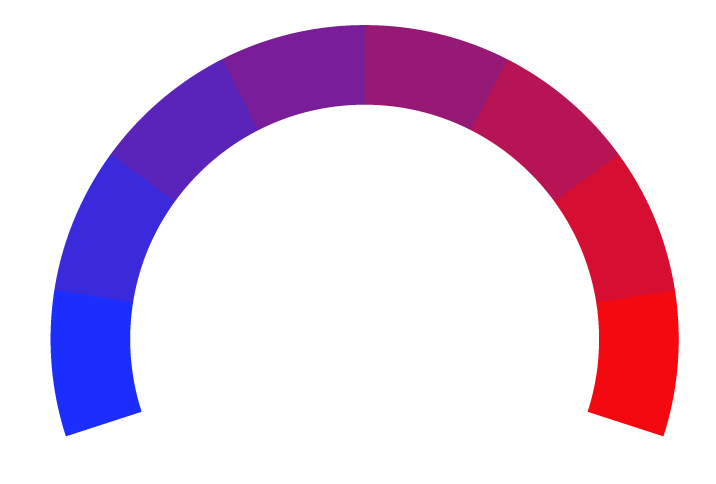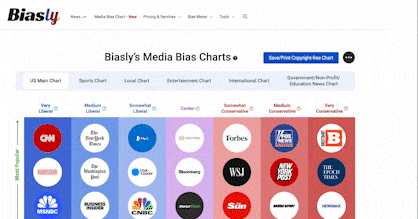 Financial Times Article Rating
Financial Times Article RatingTwo Q&As on how to regulate crypto
- Bias Rating
- Reliability
N/AN/A
- Policy Leaning
50% Medium Right
- Politician Portrayal
1% Positive
Continue For Free
Create your free account to see the in-depth bias analytics and more.
By creating an account, you agree to our Terms and Privacy Policy, and subscribe to email updates.
Bias Score Analysis
The A.I. bias rating includes policy and politician portrayal leanings based on the author’s tone found in the article using machine learning. Bias scores are on a scale of -100% to 100% with higher negative scores being more liberal and higher positive scores being more conservative, and 0% being neutral.
Sentiments
N/A
- Liberal
- Conservative
| Sentence | Sentiment | Bias |
|---|---|---|
Unlock this feature by upgrading to the Pro plan. | ||
Reliability Score Analysis
Policy Leaning Analysis
Politician Portrayal Analysis
Bias Meter
Extremely
Liberal
Very
Liberal
Moderately
Liberal
Somewhat Liberal
Center
Somewhat Conservative
Moderately
Conservative
Very
Conservative
Extremely
Conservative
-100%
Liberal
100%
Conservative

Contributing sentiments towards policy:
60% : The crypto spot market should be regulated, but progress has been slow, in large part because regulation always lags innovation, and crypto is still a relatively new innovation.58% : Three, an SRO would be an effective way to make the crypto industry pay for the development and implementation of regulation.
56% : Regulation is always implemented through national authorities, and crypto is a global market, so it will always be challenging to protect investors.
52% : So, the problem is not a lack of clarity around regulation.
49% : Some deal with the integration of new technology into existing laws and regulation by, for example, addressing issues like how to custody a digital asset, or whether a stablecoin with particular characteristics should be considered a security like a mutual fund or a deposit like a banking product.
45% : So, the framework of US commodity regulation was always federal regulation of the derivatives market -- where people were hedging exposure to the physical market -- but it was never federal regulation of the spot market.
44% : The law is words plus, importantly, enforcement and oversight, and no greater place of oversight and enforcement exists than in the US regulated financial markets.
41% : This situation seems most comparable to the fraud perpetrated by Allen Stanford, where there was the facade of a regulated bank, but no inspection, no financial reporting, and none of the hallmarks of regulation.
40% : To what extent was FTX's collapse a failure of regulation?
40% : The focus on this classification issue is misplaced and, again, nothing more than an attempt to avoid regulation.
40% : To what extent was FTX's recent collapse a failure of regulation?
36% : So, where did regulation fail?
35% : One, that FTX's difficulties were centered in its offshore operations that were located in a place where regulation is nascent, which is almost always a recipe for disaster.
*Our bias meter rating uses data science including sentiment analysis, machine learning and our proprietary algorithm for determining biases in news articles. Bias scores are on a scale of -100% to 100% with higher negative scores being more liberal and higher positive scores being more conservative, and 0% being neutral. The rating is an independent analysis and is not affiliated nor sponsored by the news source or any other organization.























